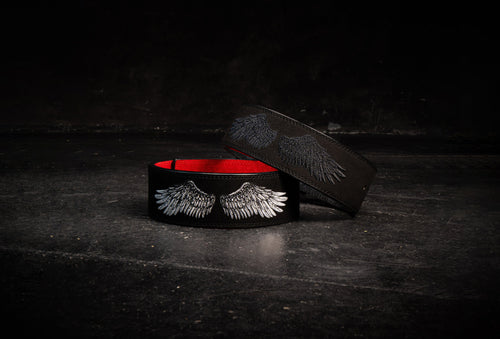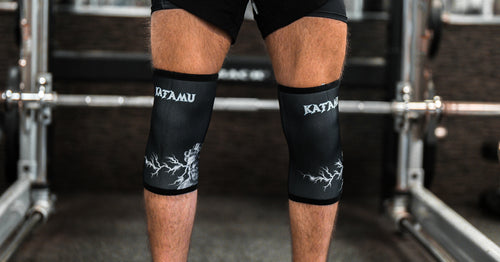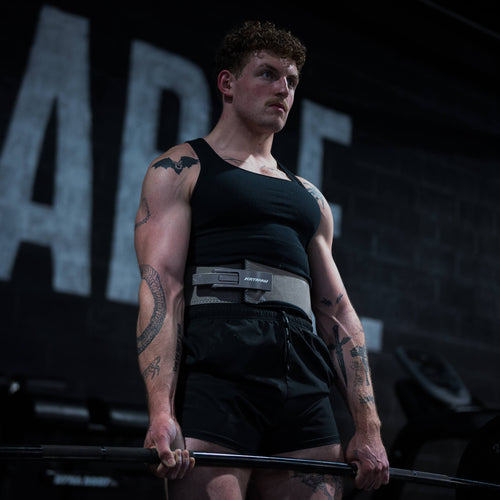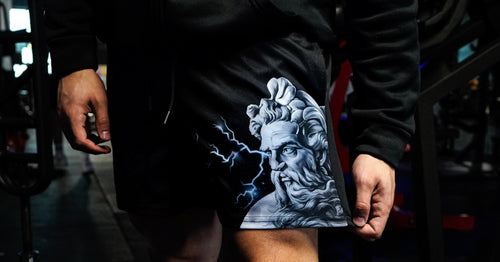A quality weight lifting belt can completely transform your training in 2025. With new designs and technology, choosing the right belt means more support, better lifts, and fewer injuries.
In this guide, you will discover the top 7 weight lifting belt picks for the year. We break down the latest features, compare what’s on the market, and help you find the perfect belt for your training style.
Curious about which belt will give you an edge in safety and performance? Let’s dive into the must-have innovations and expert recommendations that every serious lifter needs right now.
Why Use a Weight Lifting Belt?
A weight lifting belt is more than just an accessory—it can be a crucial tool for anyone serious about strength training. Whether you're a beginner or a seasoned athlete, understanding the benefits of a weight lifting belt will help you lift smarter, safer, and stronger.
Enhanced Core Stability and Safety
The primary purpose of a weight lifting belt is to support your spine and core during heavy lifts. When you brace your core against the belt, you increase intra-abdominal pressure, which acts like a natural weightlifting brace for your lower back.
Studies show that using a weight lifting belt can significantly reduce the risk of lower back injuries. For example, a weightlifting belt injury prevention study found that athletes who wore belts had fewer incidents of back pain and better overall spinal alignment. Powerlifters and CrossFit athletes often share stories of pushing past plateaus safely thanks to this added support.
Performance Benefits for All Levels
Wearing a weight lifting belt can give you the confidence to attempt heavier loads and push your limits. By stabilizing your core, it enables more efficient force transfer during squats, deadlifts, and overhead presses.
Research shows that lifters using a weight lifting belt can often lift 5–15% more weight compared to lifting raw. This is especially helpful during personal best attempts. Whether you’re just starting or competing, the extra support helps you focus on form and performance.
Who Should Use a Lifting Belt?
A weight lifting belt isn’t just for elite athletes. If you’re lifting moderate to heavy weights, especially in compound movements, you can benefit from using one. Beginners should learn proper bracing first, then introduce the belt as loads increase.
Powerlifters, bodybuilders, Olympic lifters, and those in functional fitness all use weight lifting belts for extra support during demanding sessions. However, if you have certain medical conditions or are performing light, high-rep exercises, a belt may not be necessary.
Common Misconceptions
Some believe using a weight lifting belt leads to core weakness or dependency. In reality, belts are only meant for max-effort sets, not every exercise. When used correctly, they support—not replace—your core strength and proper technique.
How to Choose the Best Weight Lifting Belt for Your Needs
Choosing the right weight lifting belt can make a huge difference in your lifting experience. With dozens of options on the market, it helps to break down what matters most for your goals, comfort, and safety.
Key Types and Materials
There are several types of weight lifting belt designs, each catering to specific training needs. Lever belts offer fast, secure adjustments, making them popular for powerlifters. Prong belts are classic, providing a snug fit and easy fine-tuning. Velcro belts are lightweight and easy to take on and off, ideal for functional fitness or CrossFit. Dip belts, on the other hand, let you add weight to pull-ups or dips.
Materials also play a big role. Leather belts are durable and provide maximum support, while nylon options are flexible and more comfortable for dynamic movements. Hybrid designs blend both materials for a balance of rigidity and comfort. When considering durability, leather typically lasts longer, but nylon is easier to maintain and clean.
| Type | Best For | Material Options | Durability |
|---|---|---|---|
| Lever | Powerlifting | Leather | High |
| Prong | All-around lifting | Leather/Nylon | High/Medium |
| Velcro | Functional fitness | Nylon | Medium |
| Dip | Weighted calisthenics | Nylon/Leather | Medium/High |
Fit, Sizing, and Comfort
A proper fit is essential for any weight lifting belt. Measure your waist where the belt will sit, not your pants size, since belts often fit higher on the torso. Belt width and thickness matter too: wider, thicker belts offer more support, especially for heavy lifts, while slimmer designs work better for smaller frames or dynamic movements.
Adjustability is key for comfort. Look for belts with multiple holes, Velcro, or self-locking systems to fine-tune the fit. If you’re unsure about sizing, check out the Weightlifting Belt Sizes Guide for detailed instructions. Always try the belt with your lifting attire to ensure it feels secure but not restrictive.
Features That Matter in 2025
Innovative features can elevate your weight lifting belt experience. Self-locking mechanisms and quick-release buckles are trending, making it easier to adjust your belt between sets. Breathable fabrics and ergonomic padding help reduce sweat and discomfort during intense workouts.
Customization is also on the rise. Many brands now offer belts with custom colors, engraved nameplates, and adjustable sizing, letting you express your style while training. These upgrades not only add personality but can also boost motivation and comfort in the gym.
Price vs. Value
When shopping for a weight lifting belt, balance your budget with long-term durability. Entry-level nylon or Velcro belts start around $20-$30, perfect for beginners or casual gym-goers. Leather and specialty belts can range from $50 to over $100 but usually last years with proper care.
Think about your frequency of use and lifting style. Investing in a higher-quality belt pays off if you train regularly and push heavy weights, while affordable options are suitable for light to moderate lifting. Prioritize quality materials and solid construction to get the best value for your money.
Top 7 Weight Lifting Belt Picks for 2025
Choosing the right weight lifting belt can make a world of difference in your training. With so many options on the market, it’s easy to feel overwhelmed. That’s why we’ve handpicked the top 7 belts for 2025, focusing on performance, innovation, and real-world feedback. Whether you’re powerlifting, CrossFitting, or just looking for better support, you’ll find a weight lifting belt tailored to your needs.
Below, explore our detailed breakdowns and a quick comparison table to help you decide which weight lifting belt is the best fit for your goals.
Element 26 Self-Locking Weight Lifting Belt
Looking for a weight lifting belt that’s lightweight yet secure? The Element 26 Self-Locking Weight Lifting Belt is a top pick for athletes who value speed and versatility. Its self-locking buckle allows for quick adjustments, making it easy to tighten or loosen between sets.
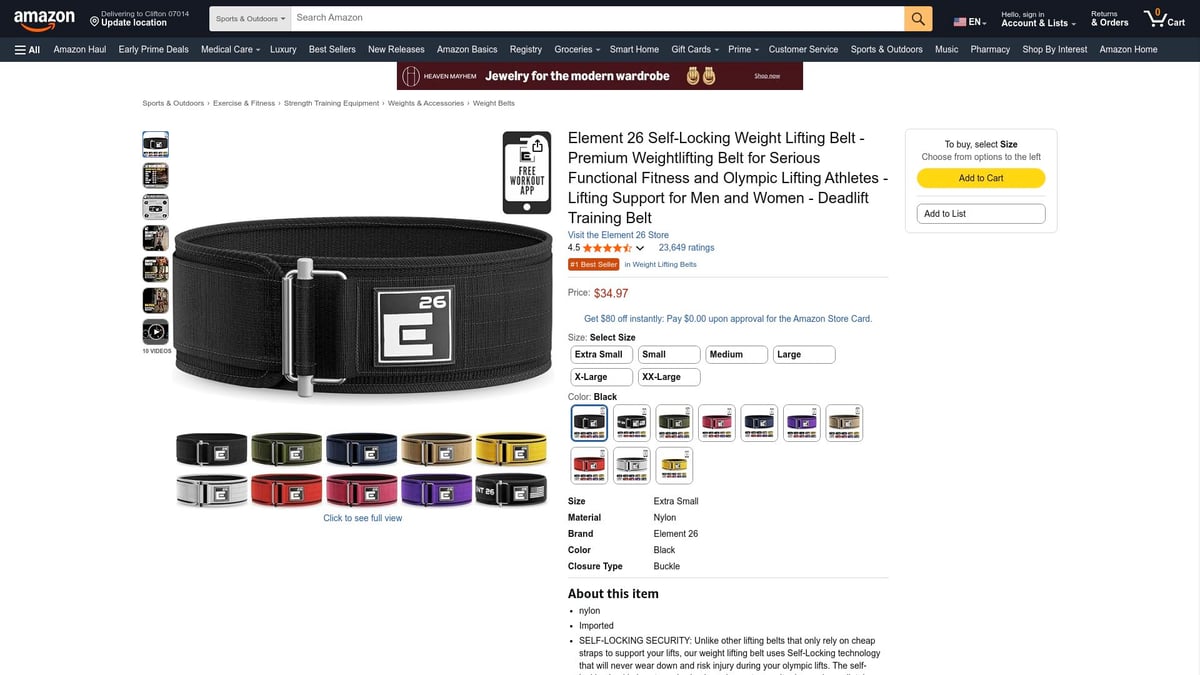
- Price: $34.97
- Material: Competition-approved nylon, lightweight
- Best for: CrossFit, Olympic lifting, functional fitness
Pros
- Fast on/off with self-locking mechanism
- Minimal bulk, easy to pack
- Strong user ratings (4.5/5, 23,649 reviews)
Cons
- Not as rigid as leather for maximum lifts
If you want a weight lifting belt that keeps up with fast-paced workouts, this is a reliable choice.
RDX Weight Lifting Belt Gym Fitness
For those who prefer a classic touch, the RDX Weight Lifting Belt Gym Fitness delivers old-school durability with modern comfort. Crafted from genuine cowhide leather, it offers robust lumbar support and a premium look.
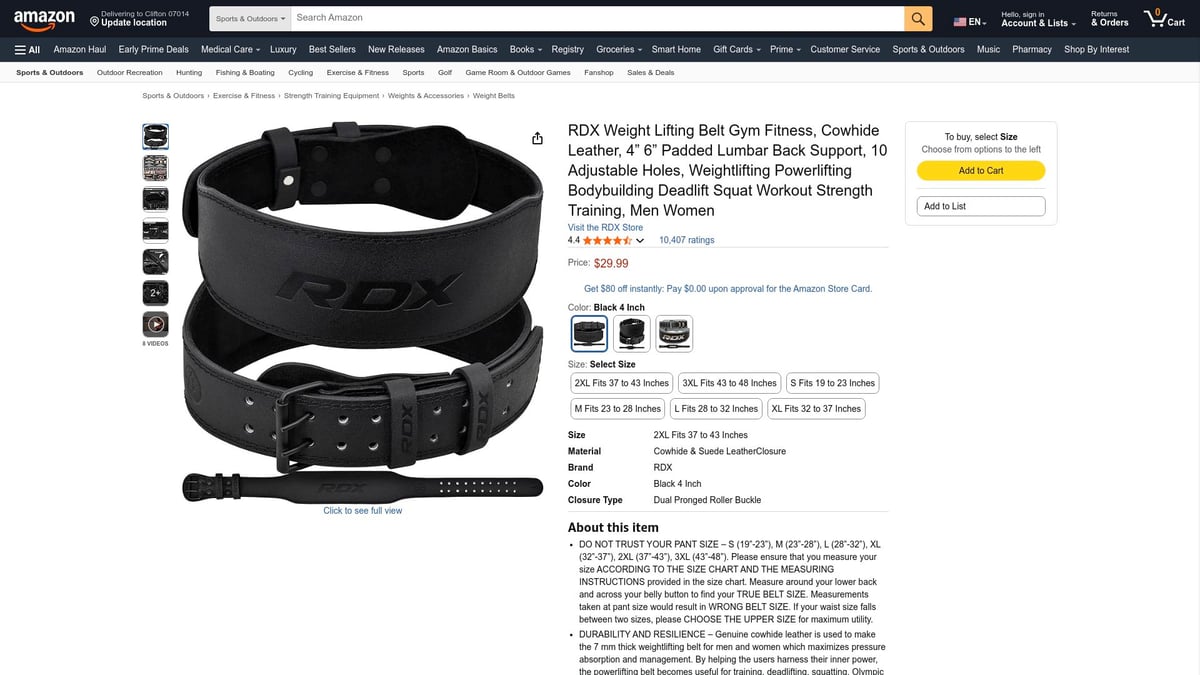
- Price: Varies by size/model
- Material: Cowhide leather with padded lumbar
- Best for: Powerlifting, bodybuilding
Pros
- Durable and long-lasting
- 10 adjustable holes for custom fit
- Strong back support
Cons
- Slightly heavier, needs a break-in period
This weight lifting belt stands out for lifters who appreciate tradition and serious support.
Gymreapers Quick Locking Weight Lifting Belt
Need a weight lifting belt that adapts to rapid changes in your workout? The Gymreapers Quick Locking Weight Lifting Belt uses a 4-inch neoprene body and a quick-lock metal buckle for easy, in-session adjustments.
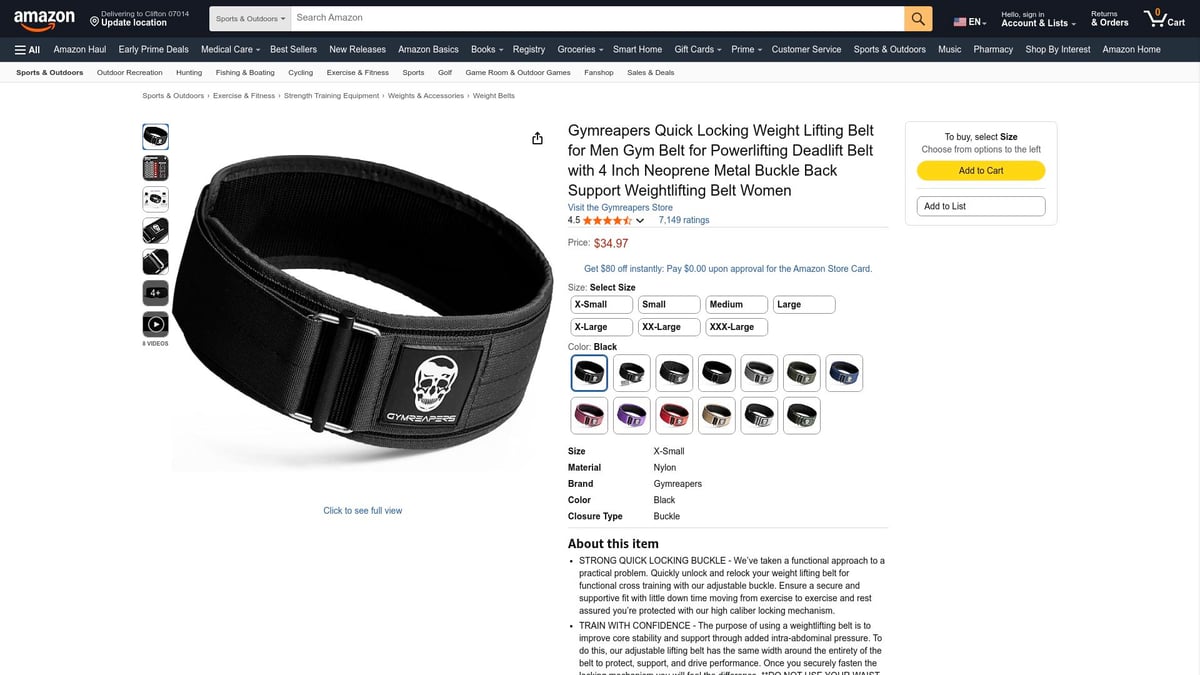
- Price: $34.97
- Material: Neoprene, metal buckle
- Best for: Versatile gym-goers, circuit trainers
Pros
- Comfortable and lightweight
- Quick to adjust mid-workout
- Highly rated (4.5/5, 7,149 reviews)
Cons
- Less rigid than traditional leather belts
Choose this weight lifting belt if you often switch between exercises and want comfort without sacrificing support.
DMoose Fitness Dip Belt
If you’re adding resistance to dips or pull-ups, the DMoose Fitness Dip Belt is a game-changer. This weight lifting belt features a robust 36-inch steel chain and comfortable neoprene padding, supporting up to 350 pounds.
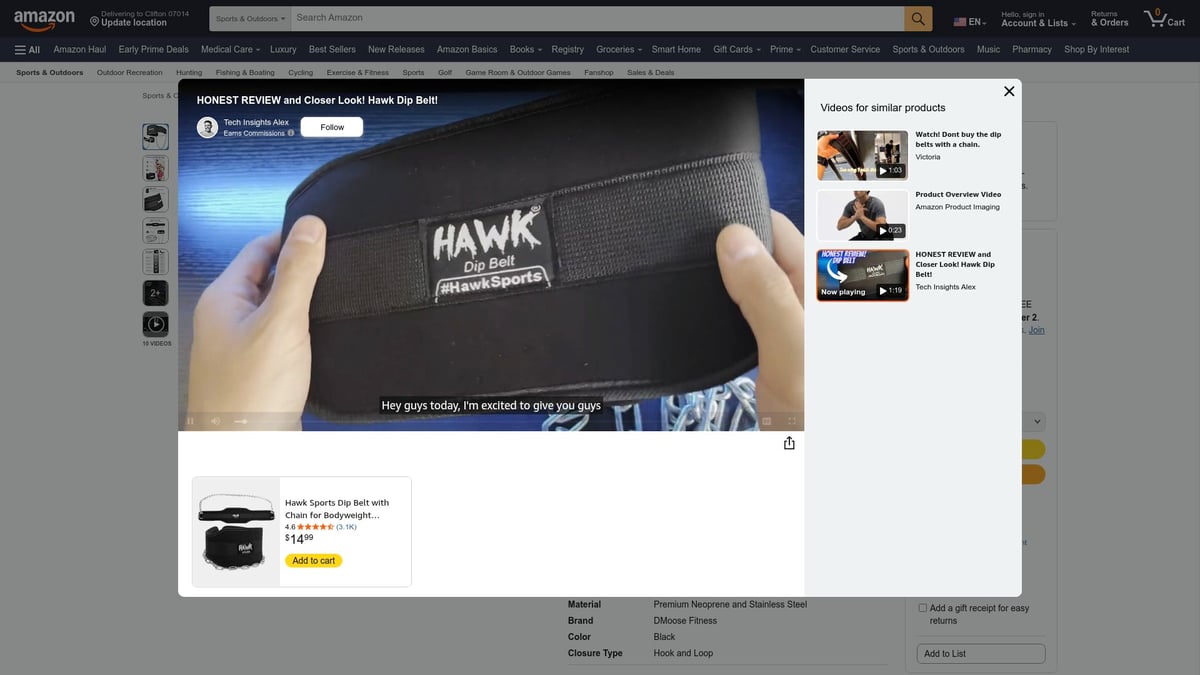
- Price: $39.99
- Material: Neoprene with steel chain
- Best for: Weighted dips, pull-ups, accessory lifts
Pros
- Excellent for bodyweight progressions
- Durable chain, multipurpose use
- Comfortable padding
Cons
- Not suitable for squats or deadlifts
- Chain can be noisy
A weight lifting belt like this is ideal for athletes focused on calisthenics and accessory strength work.
RitFit Weight Lifting Belt
Budget-conscious lifters and beginners will appreciate the RitFit Weight Lifting Belt. Its 6-inch contoured design and waterproof foam core make it both comfortable and practical for everyday training.
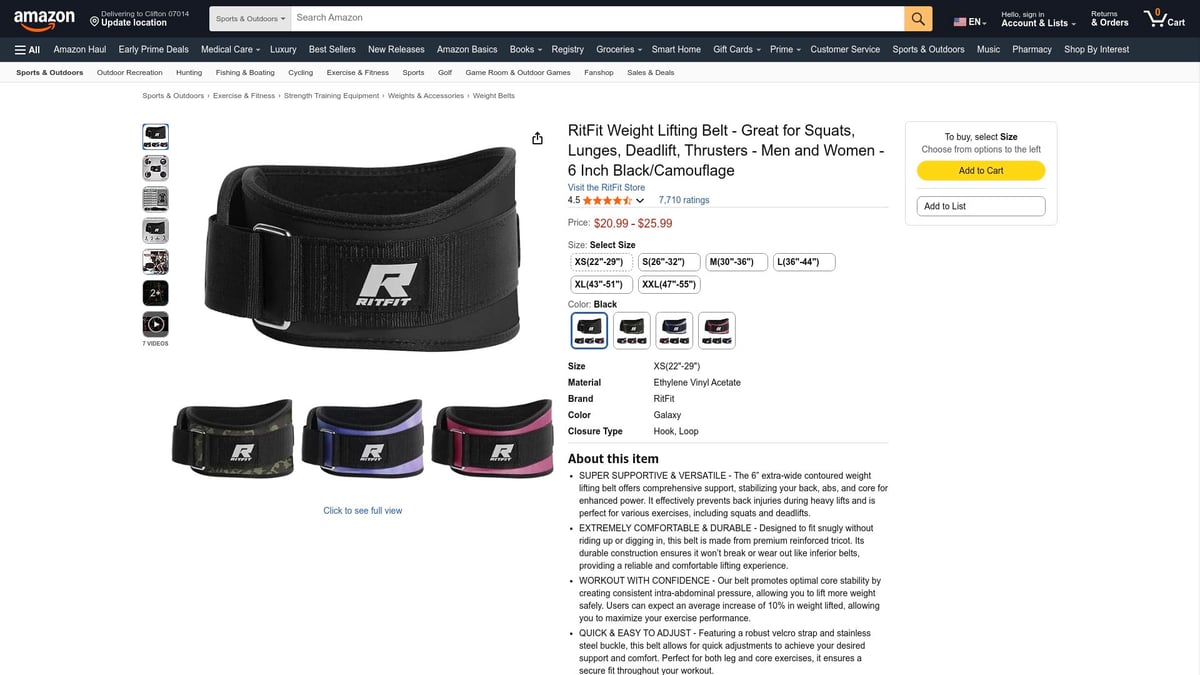
- Price: $21.99
- Material: Waterproof foam core, Velcro closure
- Best for: New lifters, general fitness routines
Pros
- Affordable entry point
- Easy Velcro adjustments
- Comfortable for most users
Cons
- Velcro may wear out over time
- Less support for heavy lifts
If you’re just starting out or want an extra weight lifting belt for light sessions, this is a solid option.
MAXRANK Dip Belt With 37-40" Chain
Advanced lifters seeking a high-capacity dip belt should consider the MAXRANK Dip Belt. Built to handle up to 650 pounds, it’s perfect for those progressing in weighted calisthenics.
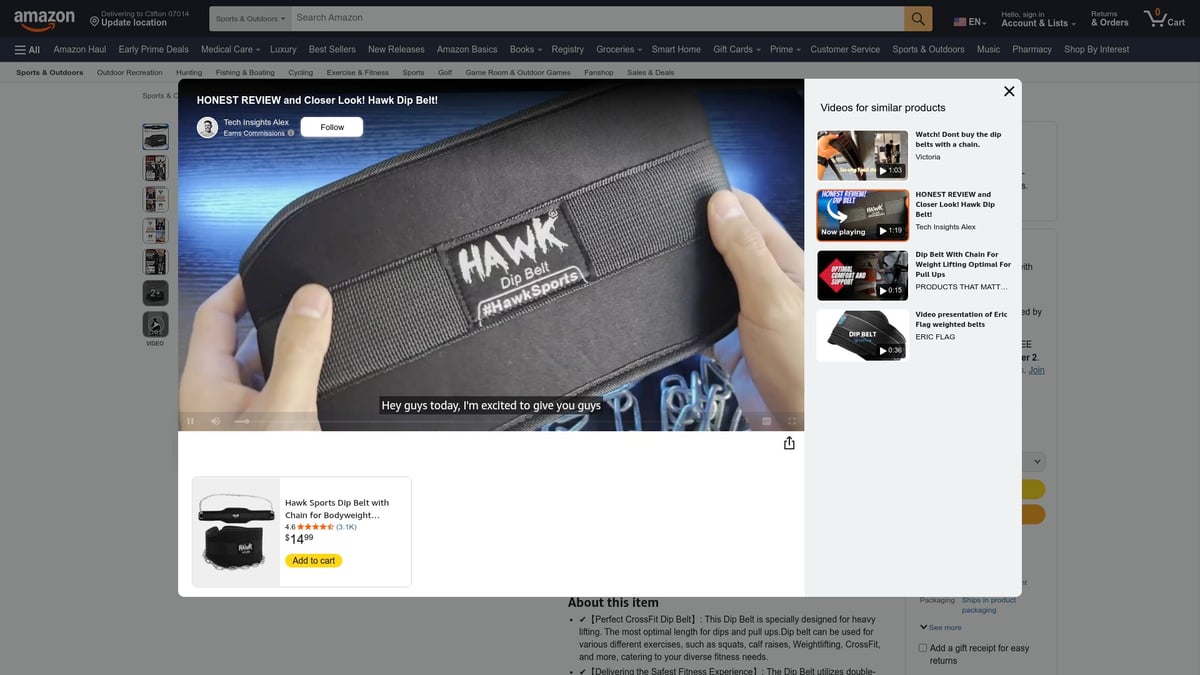
- Price: $24.98
- Material: Heavy-duty chain, durable fabric
- Best for: Advanced bodyweight strength, dips, pull-ups
Pros
- High weight capacity
- Adjustable fit for various body types
- Sturdy construction
Cons
- Bulky for smaller users
- Not for traditional lifts
This weight lifting belt is engineered for those pushing their limits in bodyweight strength training.
Hip Thrust Belt for Dumbbells
Glute-focused athletes or home gym users will love the Hip Thrust Belt for Dumbbells. Designed to secure dumbbells during hip thrusts, it offers slip-resistant padding for maximum comfort.
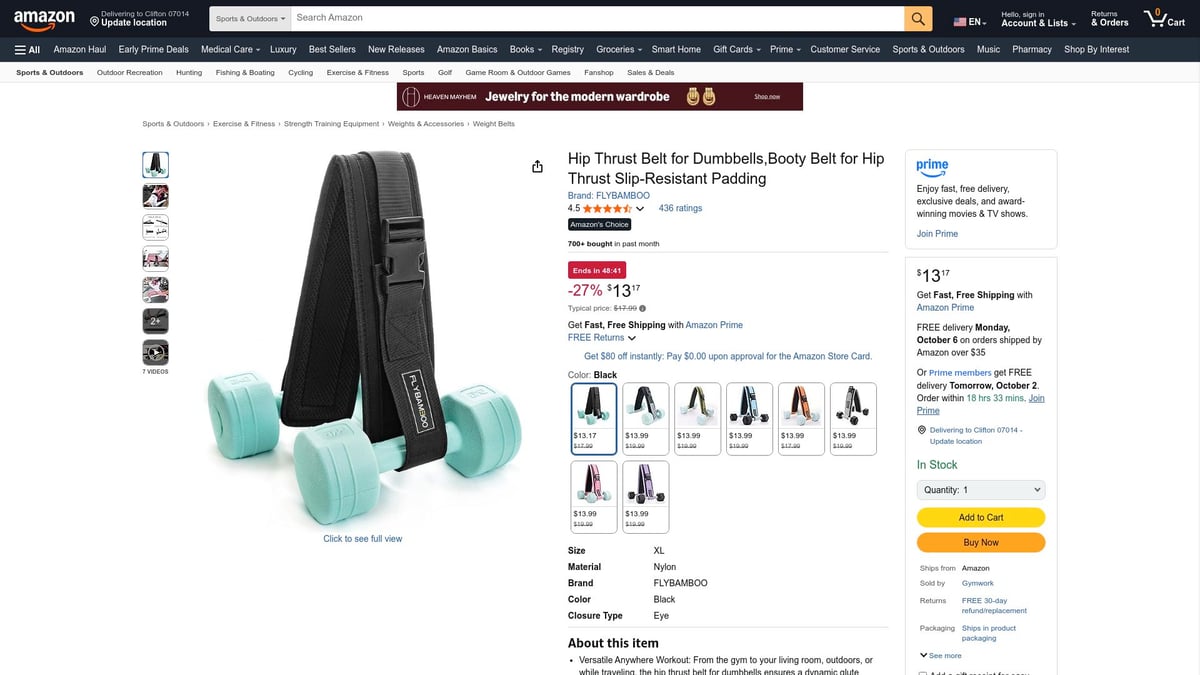
- Price: $13.17
- Material: Slip-resistant padding
- Best for: Glute bridges, hip thrusts, home workouts
Pros
- Affordable and easy to use
- Reduces hip discomfort
- Simple to set up
Cons
- Limited to hip thrusts
- Not suitable for heavy barbell lifts
If your goal is glute development or you’re working out at home, this weight lifting belt will fit seamlessly into your routine.
Comparison Table: Top 7 Weight Lifting Belts for 2025
| Belt Name | Price | Material | Best For | Key Feature | User Rating |
|---|---|---|---|---|---|
| Element 26 Self-Locking | $34.97 | Nylon | CrossFit, Olympic | Self-locking, lightweight | 4.5/5 (23,649) |
| RDX Gym Fitness | Varies | Leather | Powerlifting, Bodybuilding | Classic leather, padded | N/A |
| Gymreapers Quick Locking | $34.97 | Neoprene | General fitness | Quick-lock buckle | 4.5/5 (7,149) |
| DMoose Dip Belt | $39.99 | Neoprene/Steel | Dips, pull-ups | 36" steel chain | N/A |
| RitFit | $21.99 | Foam/Velcro | Beginners | Waterproof, contoured | N/A |
| MAXRANK Dip Belt | $24.98 | Chain/Fabric | Advanced calisthenics | 650lb capacity | N/A |
| Hip Thrust Belt | $13.17 | Padding | Glute training | Slip-resistant | N/A |
For those interested in even more options, you might want to check out the Graduation Lifting Belt Overview for a unique design and additional features.
No matter your training style or budget, investing in a high-quality weight lifting belt can transform your lifting experience. Choose the one that aligns with your goals, training frequency, and comfort preferences to unlock your full potential in 2025.
What’s New in Weight Lifting Belt Technology for 2025?
The world of weight lifting belt innovation is evolving rapidly in 2025. Whether you are a competitive athlete or a dedicated gym-goer, understanding these new trends can help you choose the right weight lifting belt for your needs. Let’s break down the latest advancements shaping the market this year.
Smart Features and Material Innovations
In 2025, smart technology is making its way into the weight lifting belt space. Some belts now feature moisture-wicking and antimicrobial linings, which keep lifters comfortable and help prevent odors. A few brands are even experimenting with built-in digital trackers that log sets and reps, adding an extra layer of data for performance-minded athletes.
Enhanced lever and buckle systems are also gaining popularity. These new mechanisms allow for quicker, more secure adjustments, which is especially helpful for switching between exercises. According to a recent weightlifting belt market growth forecast, the demand for these innovative features is expected to drive significant growth in the industry.
Sustainability and Eco-Friendly Options
Eco-conscious lifters have more options than ever when choosing a weight lifting belt. Brands are rolling out vegan leather alternatives and recycled nylon, focusing on reducing environmental impact. Many companies are shifting to low-impact manufacturing processes, using water-based adhesives and minimizing packaging waste.
Some weight lifting belt models now come with eco-certifications, giving buyers confidence in the sustainability of their gear. This trend caters to athletes who care about their performance and the planet. Expect to see more belts that balance durability, style, and an earth-friendly footprint.
Customization and Personalization
Personal expression is a growing trend for the weight lifting belt market in 2025. Custom colorways, engraved nameplates, and team logos are now available from several top brands. Adjustable sizing systems have also improved, letting users fine-tune their fit for maximum comfort and support.
These customizable features do more than just look good. Many lifters find that a personalized weight lifting belt boosts motivation and confidence in the gym. The result is a product that feels uniquely yours and supports your fitness journey every step of the way.
Safety and Industry Standards
Safety remains the top priority when it comes to weight lifting belt design. In 2025, more belts are being certified for competitive lifting, meeting the strict standards set by powerlifting and Olympic federations. Updated guidelines focus on buckle strength, material quality, and overall belt construction.
Improvements in belt design have been linked to lower injury rates among athletes. As the industry evolves, look for clear certification labels and third-party testing on your next weight lifting belt. These advancements ensure you can lift with confidence and peace of mind.
Care, Maintenance, and Longevity Tips
Keeping your weight lifting belt in peak condition ensures it supports you through every heavy set and workout. Proper care not only extends the lifespan of your belt but also maintains hygiene and comfort. Let’s break down the essentials for cleaning, storage, replacement, and getting the most value from your investment.
Cleaning and Odor Prevention
A clean weight lifting belt feels better and lasts longer. For leather belts, wipe down after every session with a damp cloth, then use a leather conditioner monthly to prevent cracking. Nylon belts can be spot-cleaned with mild soap and water. Always let your belt air dry completely.
To fight odor and bacteria, spray your weight lifting belt with a gentle disinfectant or use specialized sports gear cleaners. Avoid soaking leather, as this weakens the material. Regular cleaning keeps your belt fresh, especially if you train often or share equipment.
- Wipe after each use.
- Air dry thoroughly.
- Use appropriate cleaning products.
Maintaining a clean belt is a small habit that pays off every workout.
Storage and Handling
Proper storage is crucial for preserving the shape and support of your weight lifting belt. Never fold or cram your belt into tight gym bags, as this can cause creases or cracks. Instead, hang your belt on a sturdy hook or lay it flat in a cool, dry spot at home.
When traveling, roll the belt gently to avoid damaging the structure. For gym storage, consider a dedicated compartment in your bag to prevent contact with wet clothes or shoes. Good handling habits help your weight lifting belt stay in top form for years.
- Hang or lay flat after use.
- Avoid direct sunlight or extreme heat.
- Store away from damp or dirty gear.
Taking a few seconds to store your belt properly each time goes a long way.
When to Replace Your Belt
Even the best weight lifting belt will eventually show signs of wear. Look out for frayed edges, loose stitching, cracked leather, or a buckle that won’t stay secure. Loss of support or noticeable stretching means it’s time for a replacement.
On average, a quality weight lifting belt lasts 2 to 5 years with regular use, depending on care and frequency. Many brands offer warranties, so check your purchase details. According to a weightlifting belt use patterns study, replacing your belt when you notice these issues prevents safety concerns and ensures consistent support.
Inspect your belt regularly to catch issues early and keep your lifting safe.
Maximizing Value Over Time
To make your weight lifting belt last, inspect it monthly for small issues like loose threads or surface marks. Address minor repairs quickly to avoid bigger problems. Clean and condition leather belts as part of your routine, and keep nylon belts free of sweat buildup.
Regular maintenance not only protects your investment but also ensures ongoing support and comfort. By treating your weight lifting belt with care, you’ll enjoy reliable performance and avoid unexpected replacements.
A little attention today keeps your belt—and your lifts—strong for years.
Frequently Asked Questions About Weight Lifting Belts
Curious about weight lifting belt essentials? Here are quick answers to the most common questions from lifters at every level.
Can a belt help prevent all lifting injuries?
A weight lifting belt can reduce your risk of back injuries by improving core stability and maintaining spinal alignment. However, it does not eliminate all injury risks. Technique, progressive overload, and proper warm-up are still essential for staying safe.
Should beginners use a weight lifting belt?
Beginners can benefit from a weight lifting belt when learning proper bracing for heavy lifts. Still, it is important to build foundational core strength and use the belt only for challenging sets or maximal efforts.
How do I know which size is right for me?
Always measure your waist across your navel, not your pants size. Most brands provide sizing charts, so follow their instructions for the best fit. A snug, but not restrictive, fit is key for optimal support.
Are lever or prong belts better for powerlifting?
Both styles offer strong support, but lever belts allow quicker adjustments and a tighter fit. If you want to explore advanced lever mechanisms, check out the Japanese Samurai Lever Belt Details for more information.
Can I wear a belt for every exercise?
It is best to use a weight lifting belt only for compound lifts such as squats, deadlifts, or overhead presses. Wearing it for every movement can limit core activation and is not necessary for lighter or isolation exercises.
How do I break in a new leather belt?
Breaking in a leather belt takes patience. Wear it during warm-ups, gently bend it by hand, and avoid using oils or excessive force. Over time, your body heat and repeated use will soften the leather for a more comfortable fit.
What’s the difference between a dip belt and a lifting belt?
A dip belt is designed to hold extra weight for dips and pull-ups, typically with a chain. A weight lifting belt wraps around your waist for core support during heavy lifts. Each has a unique purpose in your training.
Are expensive belts worth the investment?
Premium belts are made with higher quality materials and often last years with proper care. If you lift heavy regularly, investing in a durable weight lifting belt can provide better support and long-term value.
Now that you’ve seen what makes a great weight lifting belt and explored the top picks for 2025, it’s time to put that knowledge into action. Whether you’re just starting out or leveling up your training, the right belt can make all the difference for your safety and performance. At Katamu, you’ll find premium lever belts that look as good as they feel—built to last and designed for real gym-goers like you. Ready to upgrade your gear and feel the difference on your next lift
Secure your belt
